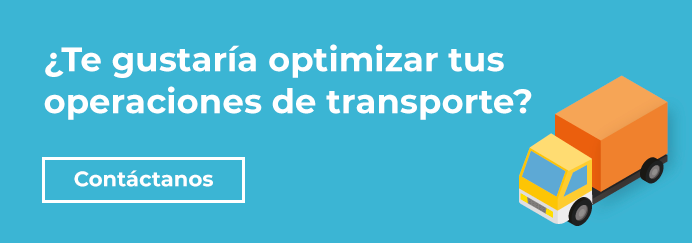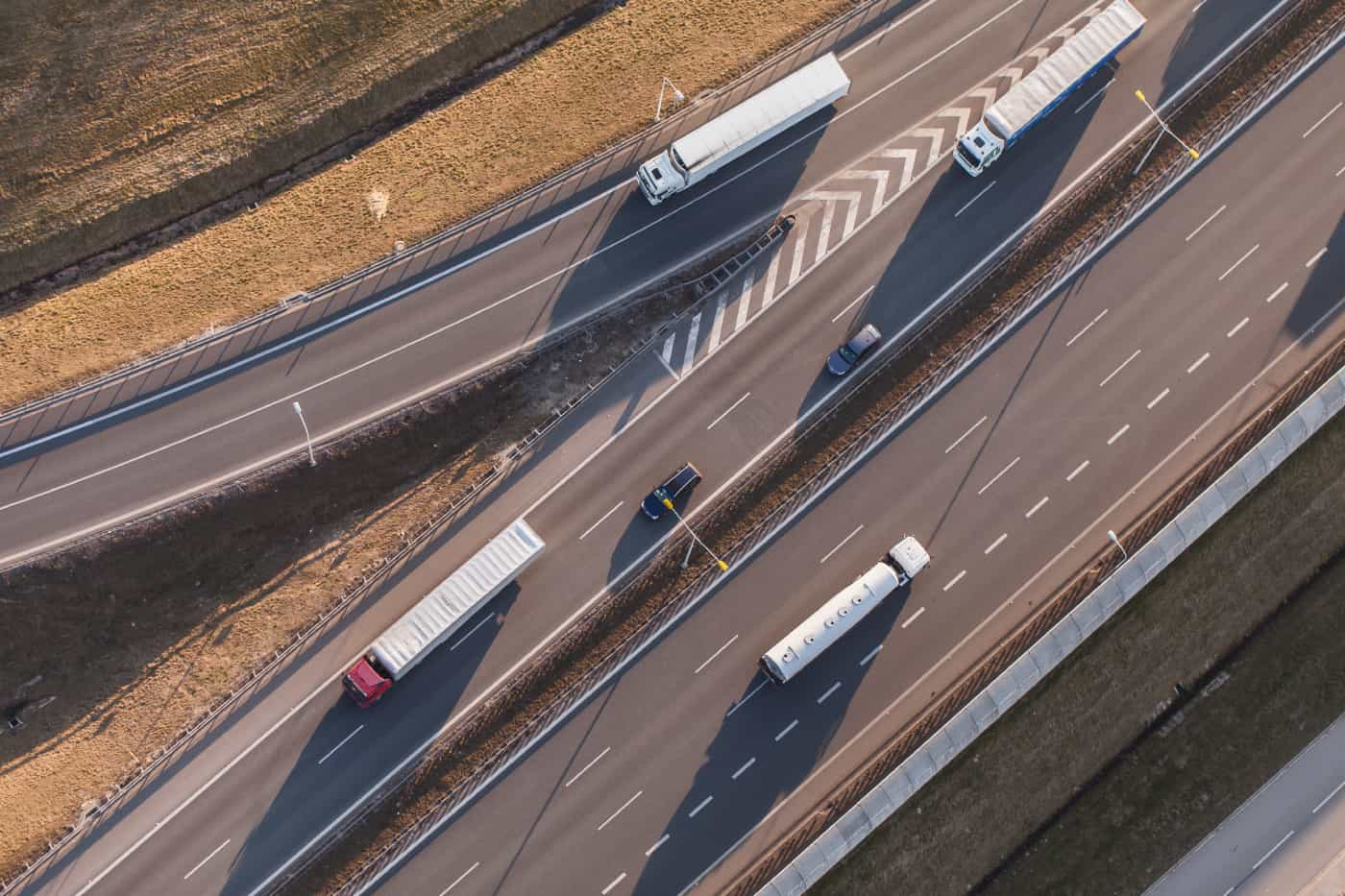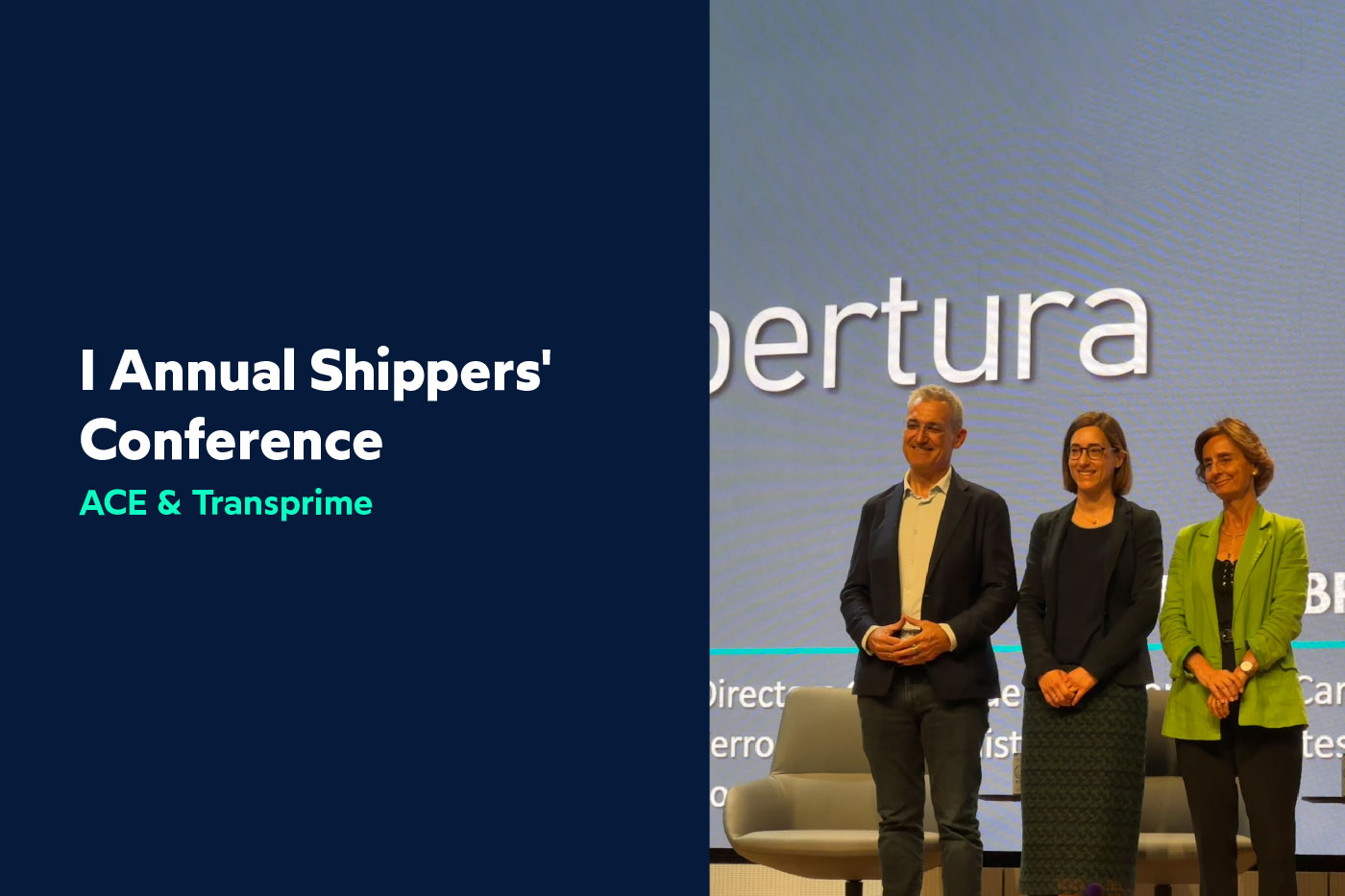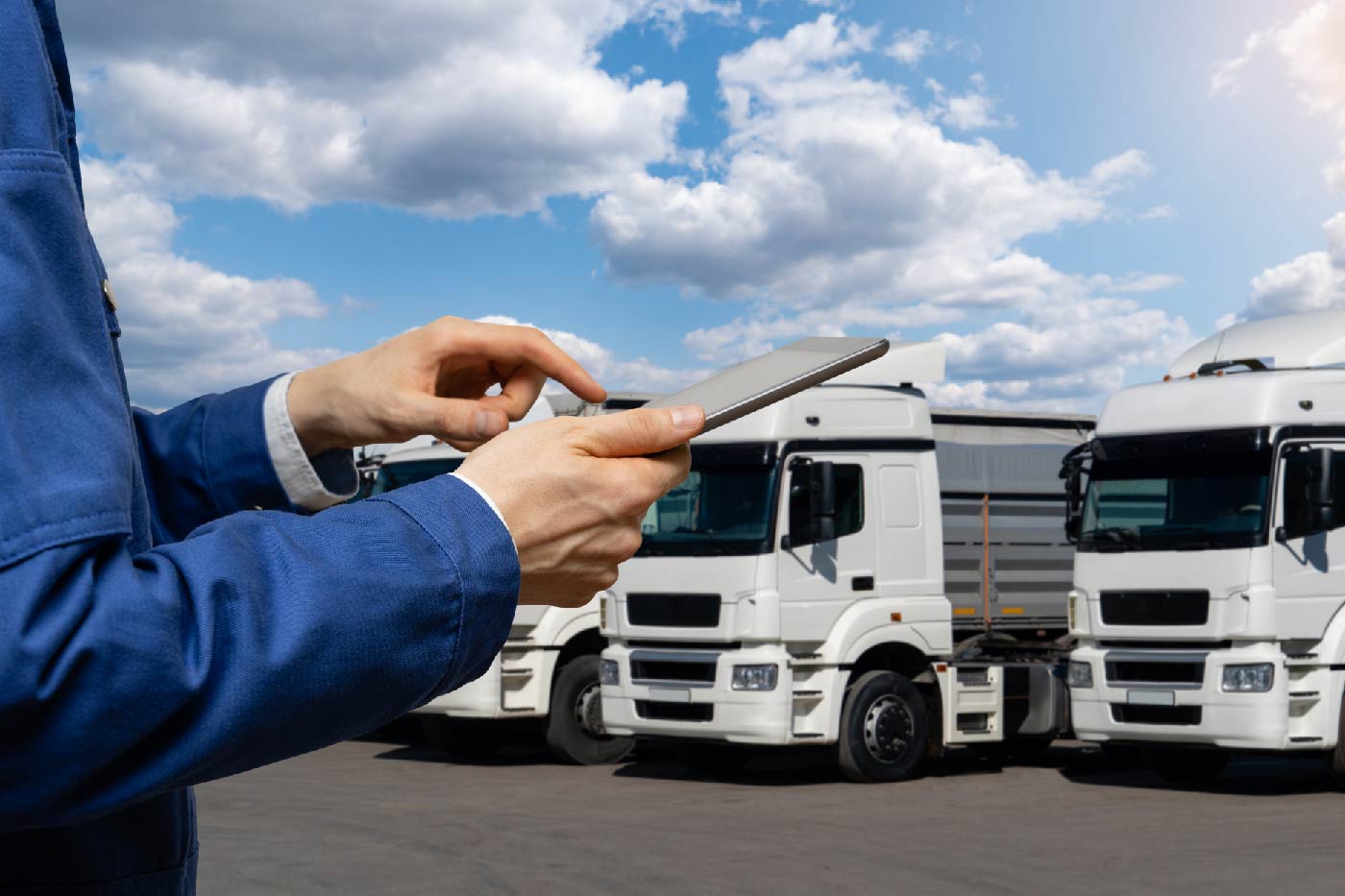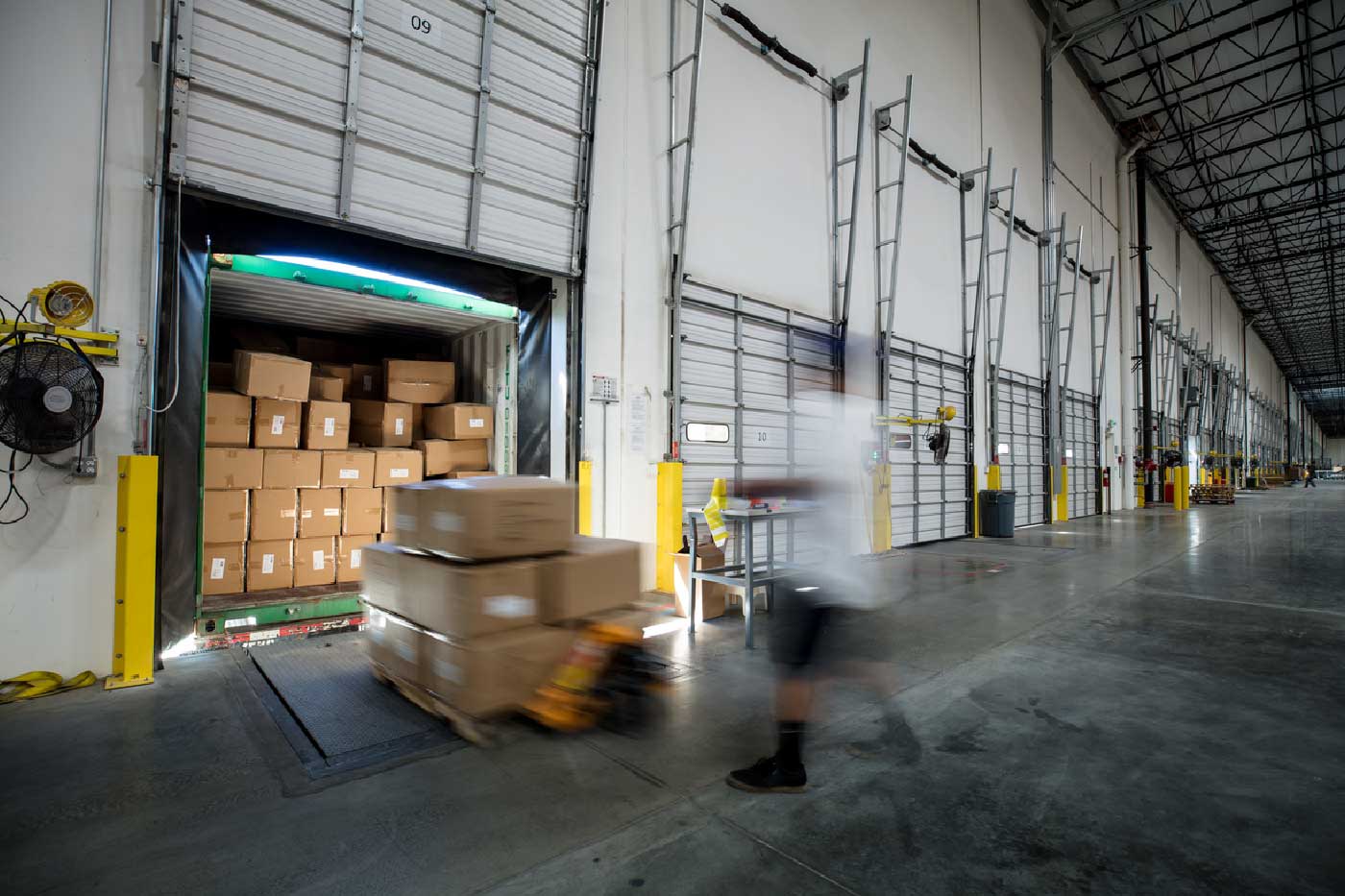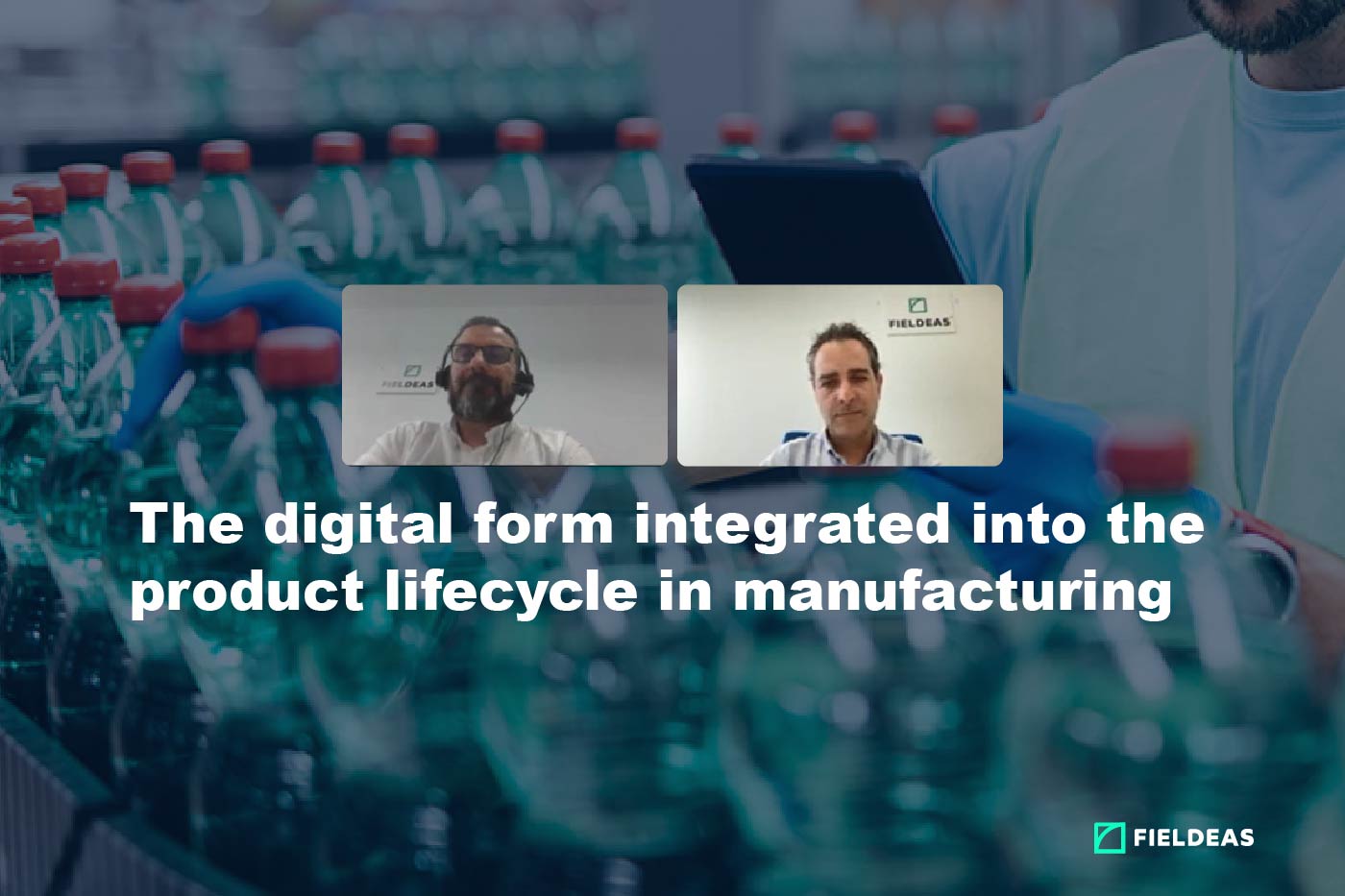From a logistics point of view, full traceability of goods throughout the supply chain is a fundamental objective to improve service and reduce costs.
Technology offers a real possibility to achieve these goals with an ever-tighter investment and allows a high level of customization.
However, it is only very recently that transport companies and operators have been clear about the advantages that this technology can bring to commercial operation, with a significant upside on business profitability.
Complete traceability in transport, from a business perspective, offers great possibilities for managing fleets more efficiently, verifying which resources and personnel are suited to the specific needs of each service and improving customer service with value-added services.
In recent years, transportation is undergoing a technological revolution that is taking it from moving only goods to also moving information of high strategic value with the cargo being moved in each shipment.
Transport companies are thus responding to the demands of their customers, who are asking for the use of IT tools to know the location of the cargo at all times.
This is stated in tenders and contract auctions, in which clauses demanding the use of traceability technologies in transport are becoming more and more common.
Customers thus seek information that complements their inventory management, allows them to adjust supplies to their commercial establishments, provides them with management indicators to improve costs and operations, as well as to reduce their carbon footprint, among other aspects.

Traceability in transportation, beyond customer service
However, beyond this simple customer service function, carriers can leverage these technology ecosystems to extract data to generate value within their own businesses.
In particular, with a comprehensive traceability system, a transport company, an agency or a logistics operator can:
-
Improve asset allocation.
-
Improve document management of operations.
-
Generate management indicators that allow profitability gains.
-
Enhance customer service.
-
Strengthen transparency.
-
To have documentary evidence for incident management.
The first of these has to do with fleet management.
In this area, IT tools make it possible to maximize the time of use of transport vehicles, optimize fuel consumption and, finally for customers, provide them with data that will enable them to determine the carbon footprint of their logistics activities.
Similarly, fleet management makes it possible to adjust vehicle maintenance and generate flows to avoid wasted time and empty kilometers as much as possible.
However, beyond mere fleet management, total visibility technology in transportation allows for more efficient management of documentation associated with transportation and, consequently, reduces the use of paper.
In parallel with the reduction in the use of paper, the computerized processing of transport documentation facilitates its dispatch, improves the transparency of activities vis-à-vis customers and minimizes errors that can be generated in the use of paper documentation.
With appropriate IT systems, computerized documentation makes it possible to generate management indicators with which to evaluate the company’s performance in terms of means and personnel in relation to each specific client, in order to take measures to improve profitability.
In addition, the information collected and processed allows for greater transparency vis-à-vis customers and provides them with full visibility of the operations carried out, which will improve the relationship with a view to establishing long-term partnerships.
Finally, document management in transport and logistics activities allows to record with great fidelity each of the incidents that may occur during transport.
From collection errors to delivery damage to stoppages and delays, everything can be documented in a legal and transparent manner to justify any contractual claims on a solid documentary basis.
FIELDEAS Track and Trace, the all-in-one solution
FIELDEAS Track and Trace is the only traceability software on the market that offers the business insight that shippers, logistics operators and carriers are looking for.
In addition, this business management software, specialized in transportation and logistics operations, offers an integrative vision that exceeds the capabilities that any fleet management, e-CMR management or delivery visibility software can offer.
FIELDEAS Track and Trace goes further and thanks to its powerful customization capabilities can offer reports adapted to the reality of any company.
From full load to break bulk, including pallets, international groupage, parcels, the solution is perfectly suited to every need.
All this with a great ease of use, a totally adjusted investment and a powerful capacity of integration with practically any technological platform used by the clients.
FIELDEAS Track and Trace combines the need to meet customer requirements with the analytical capacity offered by a management software that will make it possible to maximize the profitability of all the springs of any transport and logistics company, regardless of the segment in which it operates.
